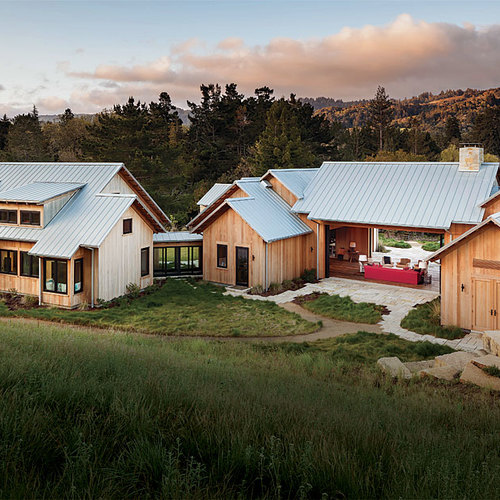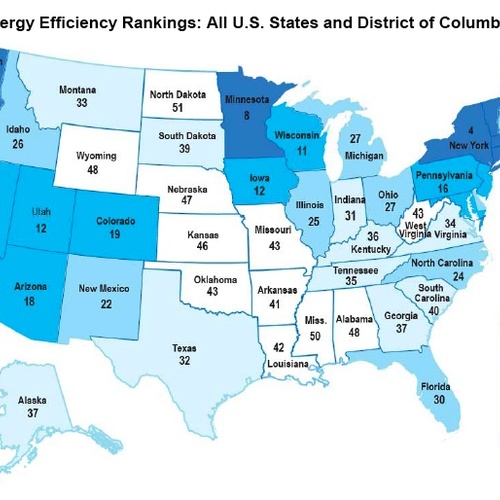
After a tornado decimated the town in 2007, many builders and designers involved in the reconstruction of Greensburg, Kansas, aimed for green standards that included energy efficient performance significantly above code requirements. But as a recent New York Times feature noted, it doesn’t take a natural disaster – or the threat of one – to propel Kansans toward energy conservation.
Instead, folks in this part of the Midwest, where roughly half the population is skeptical about climate change, have been motivated by initiatives that highlight potential savings on energy costs and the prospect of reducing dependence on foreign sources of fossil fuels – and on the use of fossil fuels in general.
An important developer of these initiatives has been the Climate and Energy Project, an energy efficiency advocacy group based in Lawrence, and collaborating organizations such as Kansas Interfaith Power & Light, which encourages environmental stewardship among Kansas congregations, and local utilities.
A power-saving play
The Climate and Energy Project, for example, sponsored a competition among six towns whose residents where challenged to implement energy-conservation measures, including the adoption of renewable-energy strategies. The remarkable thing is that the competition, called the Take Charge Challenge, produced significant, positive results: energy-use reduction of 6 million kWh – about 5% overall – by the time the yearlong competition ended last spring. What’s more, an annual reduction of 7 million kWh was locked in through the installation of permanent energy-saving measures such as interruptible thermostats, more-efficient air-conditioning systems, and relatively low-cost weatherization improvements. Utilities subsidized some of the improvements, including the cost of compact fluorescent lamps.
As noted in a recent Fine Homebuilding post, the Take Charge Challenge was included among 14 case studies presented in a Lawrence Berkeley National Laboratory report published last month, titled “Driving Demand for Home Energy Improvements.”
The Climate and Energy Project, the Times story added, will use a recent grant from the Kansas Energy Office to coordinate another competition, this one among 16 cities in 2011.
Weekly Newsletter
Get building science and energy efficiency advice, plus special offers, in your inbox.













0 Comments
Log in or create an account to post a comment.
Sign up Log in